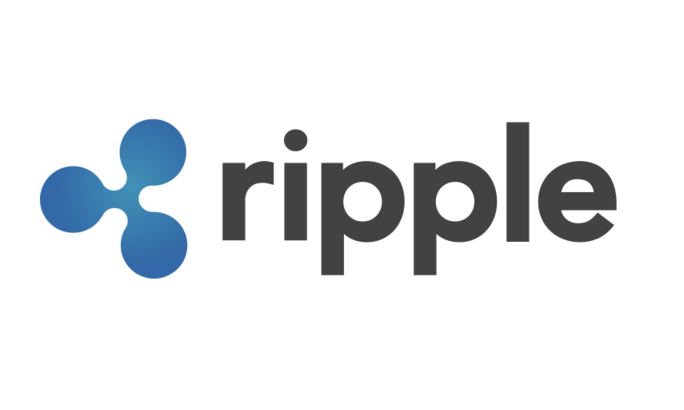Can Ripple Become More Dominant Than Bitcoin?
According to coinmarketcap.com, Ripple is currently the third largest cryptocurrency. What is Ripple and does it have the growth potential to overtake Bitcoin? These are the questions we’re going to answer in this article.
What Is Ripple (vs. Bitcoin)?
Ripple Labs is a privately held corporation that is cash flow positive. They are the company behind Ripple. The goal of the Ripple Protocol is to make global financial transactions more efficient by lowering transaction time and cost.
Unlike Bitcoin and Litecoin, which were designed as peer-to-peer digital currencies meant to remove central authorities and banks, Ripple was designed as a blockchain solution for banks. It is meant to create the infrastructure that will fundamentally change how cross-border financial transactions are processed.
A key component of Ripple’s infrastructure is XRP, which is the actual cryptocurrency.
An example of Ripple’s process in action is the movement of USD from the United States into BRL at a Brazilian bank. Traditionally, that would require SWIFT codes, high fees, and a few days of time. Ripple will instead transfer USD into XRP via an exchange. Then a different exchange will transfer XRP into BRL, completing the process. If you’d like to see this in action, Erik Engheim has a great YouTube video demonstrating it.
Ripple is really meant for the large-scale movement of money across borders rather than peer-to-peer transactions at the individual level.
Ripple’s Potential Growth
Ripple has to guarantee liquidity for cross-border transactions. To accomplish this, banks must hold XRP in reserve to conduct cross-border transactions on the Ripple network (also called RTXP, which stands for Ripple Transaction Protocol).
Currently, there are over 100 financial institutions who are members of Ripple. As the number of member institutions grows, the use of XRP will increase, which of course increases its demand and value.
Ripple created 100 billion XRP. Ripple retained 80 billion. Of that, they placed 55 billion into an escrow account. The company then started releasing one billion per month for use (55 billion). As institutional membership grows, XRPs released into the market will be absorbed, which can help hold current prices or even increase them.
Faster Transactions Times
Ripple also has an advantage in faster transactions times. Compared to other cryptocurrencies, transactions per second (TPS) look like this:
BTC = 7 TPS
ETH = 14 TPS
XRP = 1000 TPS
Brad Garlinghouse, the CEO of Ripple, described it this way to Fortune, “The liquidity needs of banks today is managed with literally ten trillion of float that sits in these nostro and vostro accounts. We believe very strongly this is an inefficient model. You can use digital assets to fund liquidity, and Ripple is uniquely positioned to capitalize on that. Bitcoin takes four hours to settle a transaction. XRP takes 3.6 seconds.”
Mass Adoption of XRP
How XRP can dominate the crypto markets? This all goes back to the growth of institutional members, which increases volume for XRP. Banks in Korea and Japan are continuing to climb aboard.
Also, Ripple has just started down the road of recognizing its goal of making global cross-border transactions more efficient.
Besides cross-border transactions between financial institutions, Ripple also sees itself as the value web. Meaning, Ripple can facilitate the exchange of a wide variety of digital assets. It would place Ripple in the middle of any financial transaction that has a high degree of friction (time and costs).
Ripple Investors
Ripple has a large backing of investors, including Seagate Technology LLC, Accenture, Andreessen Horowitz. Some of these companies have invested in multiple rounds. Ripple is currently in its Series B round of funding, leaving the door open for additional funding.
Ripple’s dominance will positively affect the market by lowering transaction costs and time for companies. This will indirectly send cash back to companies in the form of saved fees, allowing them to invest in more capital projects. It will allow projects also to be funded sooner since the movement of money will no longer take days to complete.
Such success will spur additional innovations on the blockchain and possible use of more cryptocurrencies as utility tokens (XRP) rather than purely digital currency (BTC).
Conclusion
Ripple is more than a cryptocurrency. It works best by greasing cross-border transactions for financial institutions rather than a peer-to-peer currency such as BTC. This doesn’t make ripple any less valuable. Cross-border transactions are currently expensive and time-consuming to conduct.
Ripple Labs, the company behind the Ripple protocol, has a large number of high-profile investors providing backing. The company is also cash flow positive, putting it on solid footing. It continues to add needed financial institutions as members to its network.
Ripple has the potential to fundamentally change cross-border transactions forever, creating additional competitors and technologies that no one has thought of yet. If it’s capable of achieving a similar network effect as Bitcoin, it could potentially become more dominant due to its low transaction fees.
The company does have a large amount of XRP in reserve. It could flood the market with its currency, which would likely crash XRP. But that is a low probability, given all of the smart people behind Ripple. So far, XRPs in reserve has been well-managed, with 1 billion being released each month for use.

